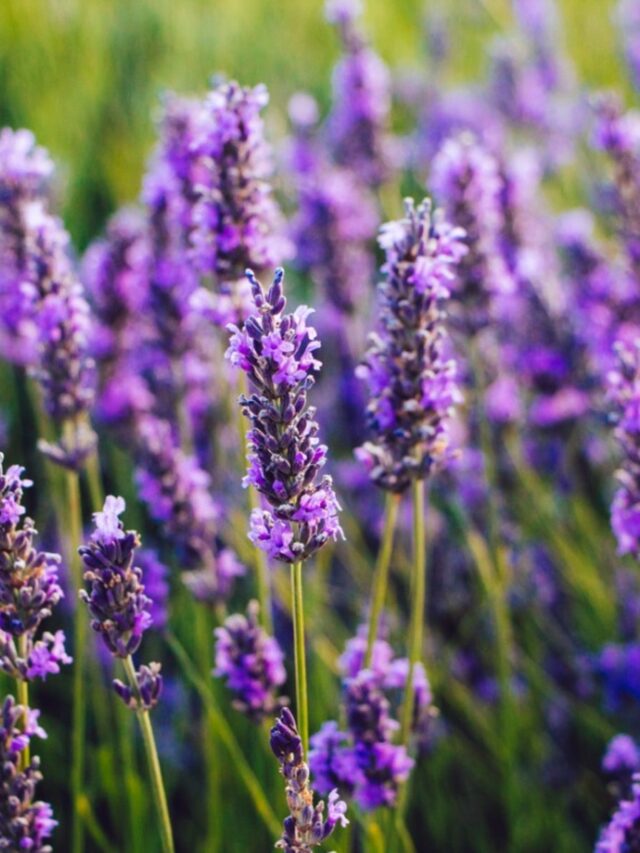Hummingbirds are a delight to behold with their iridescent feathers and mesmerizing flight patterns.
As these tiny creatures gear up for nesting season, homeowners can play a vital role in creating a welcoming environment.
From providing suitable nesting materials to maintaining a nourishing habitat, there are several ways to support these delightful birds.
Let’s explore how homeowners can make a difference for hummingbirds as they prepare for nesting time.
Understanding Hummingbird Nesting Behavior

The Importance of Nesting Sites
Hummingbirds are meticulous nest builders, often selecting sites that offer protection from predators and harsh weather conditions.
Common nesting spots include tree branches, shrubs, and even human-made structures like porch rafters.
Nest Construction Process
Female hummingbirds typically take on the responsibility of building the nest using a combination of materials such as plant fibers, moss, and spider silk.
These materials are carefully woven together to form a small, cup-shaped nest that provides a cozy haven for eggs and hatchlings.
Creating a Hummingbird-Friendly Habitat

Choosing Native Plants
Planting a variety of native flowers and shrubs in your garden not only adds beauty but also provides a valuable food source for hummingbirds.
Opt for tubular flowers like trumpet vine, bee balm, and salvia, which are rich in nectar and attract these nectar-loving birds.
Providing Water Sources
Hummingbirds require regular access to clean water for drinking and bathing.
Consider installing a shallow birdbath or a dripping fountain in your yard to cater to their hydration needs.
Ensure the water is fresh and changed frequently to prevent the spread of disease.
Nesting Material Tips for Homeowners

Natural Nesting Materials
While hummingbirds are adept at gathering their own nesting materials, homeowners can lend a helping hand by offering suitable resources.
Items such as cotton fluff, soft yarn scraps, and pet fur make excellent nesting materials and can be placed in designated nesting material containers around your yard.
Avoiding Harmful Substances
It’s crucial to avoid using pesticides, herbicides, or chemical fertilizers in your yard, as these substances can be harmful to hummingbirds and other wildlife.
Opt for organic gardening methods to create a safe and healthy environment for these delicate creatures.
Maintaining a Safe Environment

Minimizing Disturbances
During nesting season, it’s essential to minimize disturbances around hummingbird nesting sites.
Avoid pruning or trimming trees and shrubs near active nests, and refrain from using loud machinery or making sudden movements that could startle the birds.
Keeping Predators at Bay
Take proactive measures to deter potential predators such as cats, squirrels, and larger birds from accessing hummingbird nests.
Install predator guards on bird feeders and nesting areas, and keep pets indoors or supervised while hummingbirds are nesting nearby.
Conclusion
By taking simple yet effective steps to support hummingbirds during nesting season, homeowners can make a meaningful difference in preserving these fascinating creatures.
From creating a welcoming habitat to offering nesting materials and maintaining a safe environment, every effort counts in ensuring the well-being of hummingbirds and their future generations.
FAQs (Frequently Asked Questions)
1. How long does it take for hummingbirds to build a nest?
Hummingbirds typically complete their nest construction within 5-7 days, although the exact duration may vary depending on factors such as weather conditions and availability of nesting materials.
2. What time of year do hummingbirds start nesting?
Hummingbirds typically begin nesting in the spring, with nesting activity peaking between March and July in most regions.
However, exact timing may vary based on geographic location and species.
3. Can I provide nesting materials for hummingbirds?
Yes, homeowners can offer nesting materials such as cotton fluff, soft yarn scraps, and pet fur to assist hummingbirds in building their nests.
Place these materials in designated containers or hanging baskets around your yard.
4. How can I tell if a hummingbird is nesting in my yard?
Look for signs such as a female hummingbird repeatedly visiting a specific area, carrying nesting materials in her beak, or exhibiting territorial behavior around potential nesting sites.
You may also spot the tiny cup-shaped nest hidden among foliage.
5. What should I do if I find a hummingbird nest?
If you discover a hummingbird nest on your property, observe from a distance to avoid disturbing the birds.
Refrain from touching the nest or attempting to move it, as this could cause unnecessary stress to the nesting birds.






